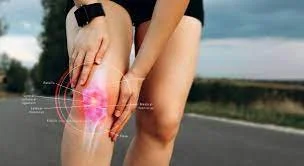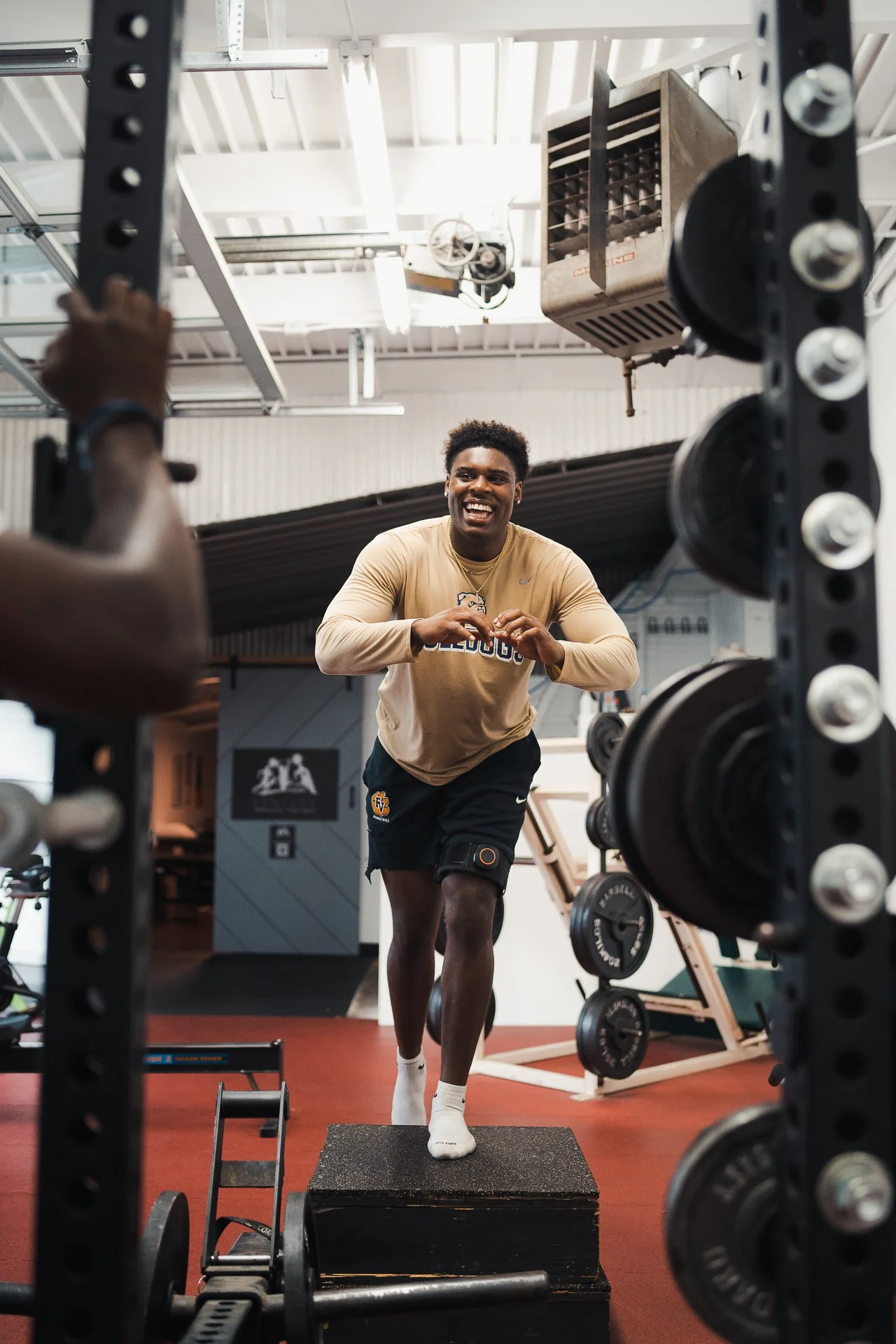Patellar Tendonitis & PT
Understanding Patellar Tendonitis and How Physical Therapy Can Help
Whether you're an athlete, fitness enthusiast, or someone who leads an active lifestyle, you might have encountered the term "patellar tendonitis" or “patellar tendonosis” at some point. This common condition, characterized by pain and inflammation in the patellar tendon, can significantly impact your daily activities and impact your athletic performance. Fortunately, physical therapy offers a comprehensive approach to managing and recovering from patellar tendonitis/tendonosis by helping create a plan to regain your strength, mobility, and overall quality of life.
What is Patellar Tendonitis?
Patellar tendonitis, also known as "jumper's knee," is a condition that primarily affects the patellar tendon, which connects the patella (kneecap) to the tibia (shinbone). It is often caused by repetitive stress on the tendon, typically from activities that involve jumping, running, or sudden changes in direction. Over time, this stress can lead to tiny tears in the tendon and subsequent pain and inflammation.
Symptoms of Patellar Tendonitis
Pain: The most common symptom is pain just below the kneecap, particularly during activities that load the tendon, like running, jumping, squatting, stairs,etc.
Stiffness: Many individuals with patellar tendonitis experience stiffness in the knee joint, especially after periods of rest.
Swelling: Inflammation of the patellar tendon can cause localized swelling around the knee.
Tenderness: The area around the patellar tendon might be tender to touch.
Decreased Strength: As the condition progresses, you might notice a decrease in your quad strength.
The Role of Physical Therapy
Physical therapy plays a crucial role in the management and rehabilitation of patellar tendonitis. A skilled physical therapist will design a personalized treatment plan that addresses your unique needs, focusing on relieving pain, reducing inflammation, and restoring strength and flexibility to the affected area. Here's how physical therapy can help:
1. Pain Management and Inflammation Reduction
Physical therapists use techniques like dry needling and manual therapy to alleviate pain and reduce inflammation around the patellar tendon. These methods can provide immediate relief and promote healing.
2. Eccentric Strengthening Exercises
Eccentric exercises involve controlled lengthening of the tendon under load. These exercises, prescribed by your physical therapist, can help to gradually strengthen the patellar tendon and improve its ability to withstand stress. These exercises often include a significantly slowed down portion of the movement to load the tendon over a longer period of time. Blood Flow Restriction Training is often also helpful in acute phases where the tendon is too painful to add much load.
3. Stretching and Flexibility
Gentle stretching exercises can help improve flexibility in the quadriceps and surrounding muscles, which in turn relieves tension on the patellar tendon. Your physical therapist will guide you through proper stretching and mobility techniques and advise on when and how to perform them.
4. Biomechanical Assessment
Your physical therapist will analyze your movement patterns and biomechanics to identify any contributing factors to your patellar tendonitis. This assessment helps tailor your treatment plan to address specific imbalances or weaknesses and may include movements like squatting, running, jumping, and lunging.
5. Gradual Return to Activity
Once your symptoms have improved, your physical therapist will guide you through a progressive return to your regular activities. This ensures that you're able to get back to your active lifestyle without risking further pain or injury.
Conclusion
Patellar tendonitis might be a common ailment, but it doesn't have to be a long-term hindrance. With the guidance of a skilled physical therapist and a commitment to your rehab plan, you can overcome the challenges of patellar tendonitis and regain your strength and mobility. Remember, early intervention and a holistic approach are key to achieving a full recovery and preventing future recurrences. If you suspect you have patellar tendonitis or are experiencing knee pain, don't hesitate to consult a healthcare professional for an accurate diagnosis and appropriate treatment. For more information, email me at stephanie@venturedpt.com.

